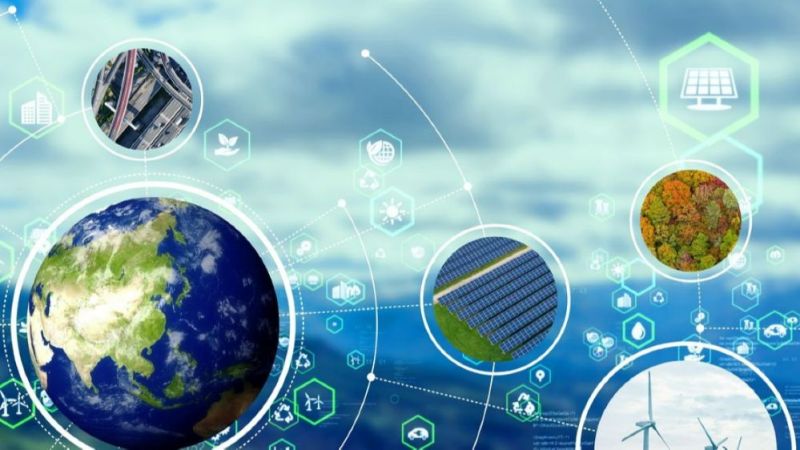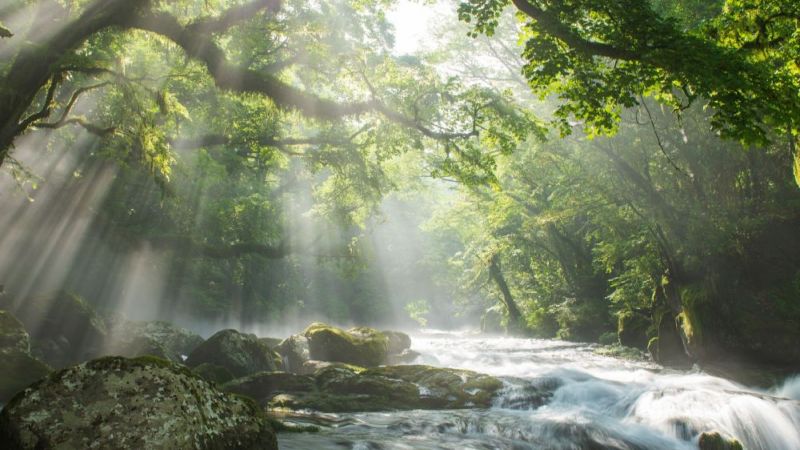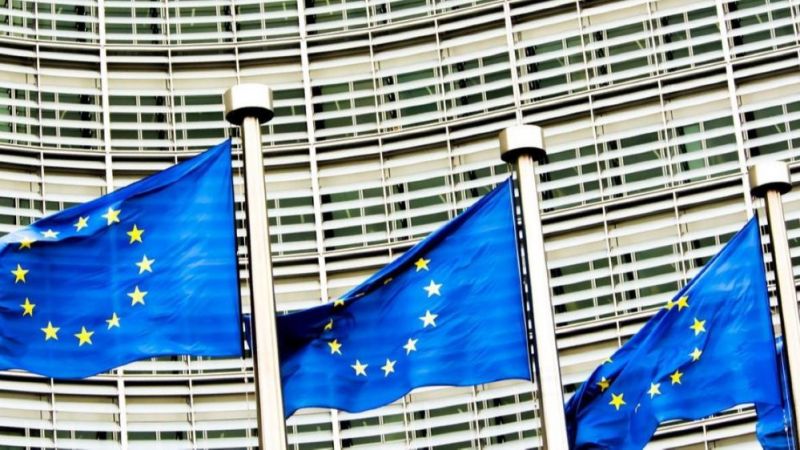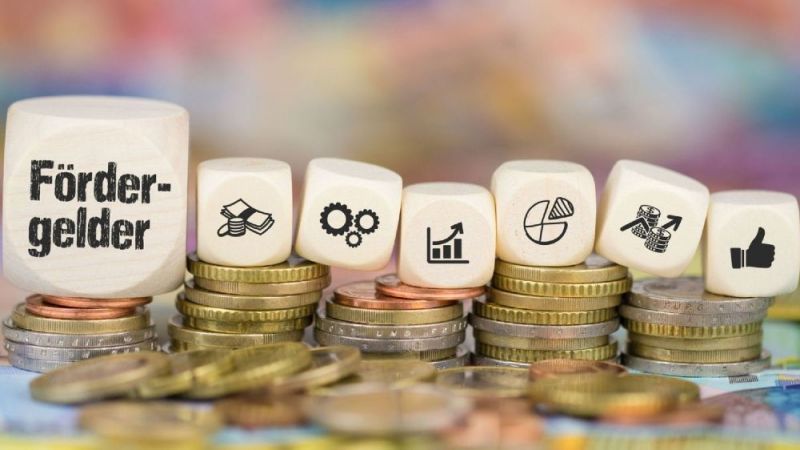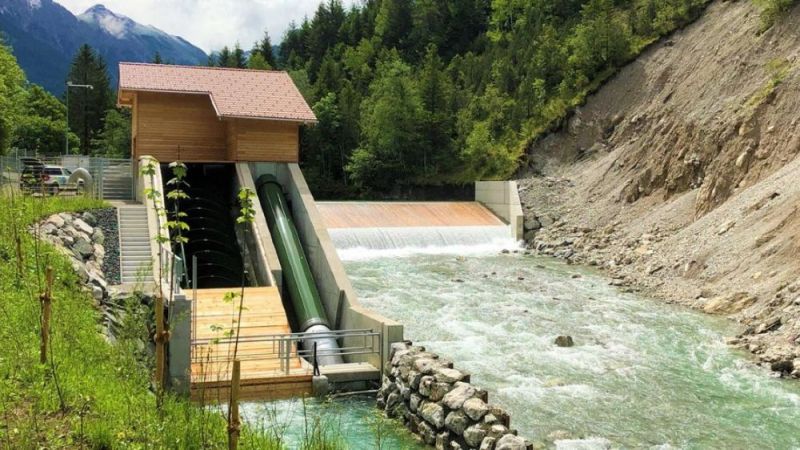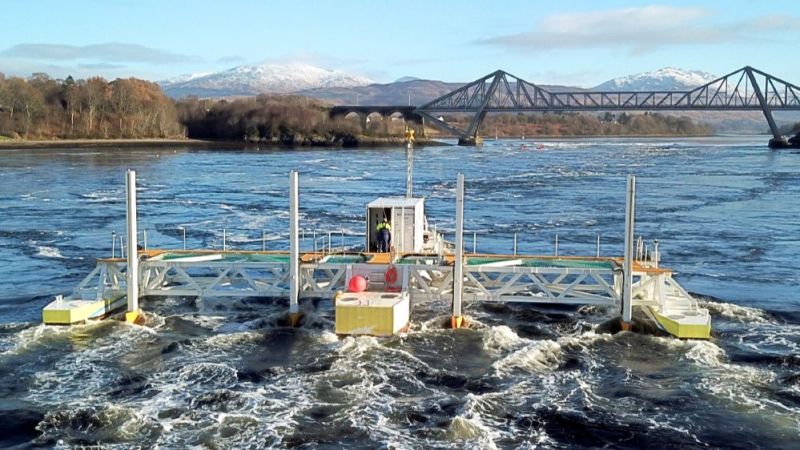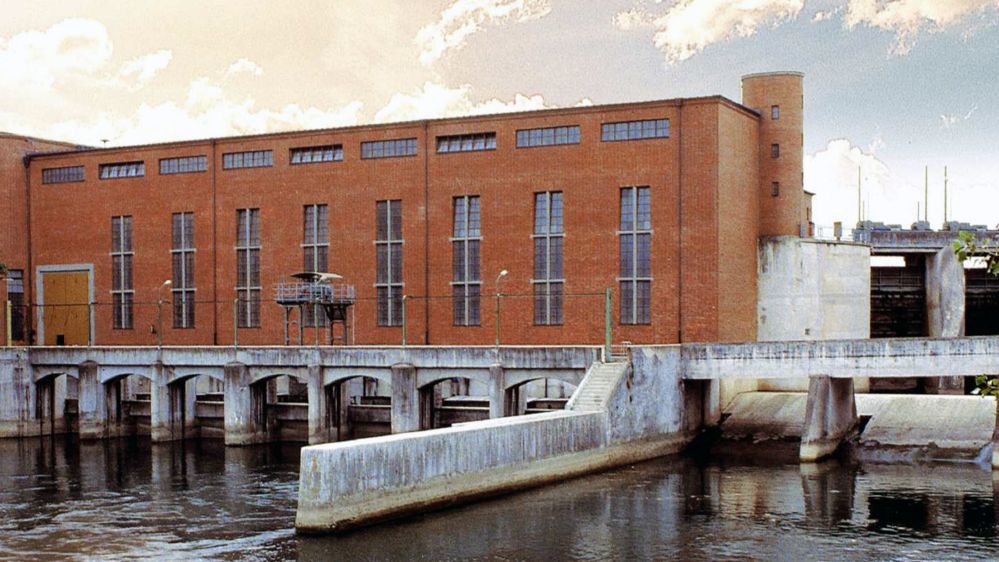
Hydroelectric power and ocean power
Hydroelectric power plants have served as a reliable and plannable source of power in Germany for over 100 years. While more and more power is being generated from hydroelectric power worldwide, the share of hydroelectric power in total power generation in Germany has remained relatively constant at around 3 per cent in recent years, according to the German Association of Energy and Water Industries (BDEW), including in 2022. Hydroelectric power is therefore a small but reliable source of power from renewable sources. This can be used to compensate for fluctuations in the power grid.
Hydroelectric power plants are bound to suitable locations where large volumes of water and a sufficiently steep gradient are available. Most of these locations have already been developed and are being used commercially. Around 80 per cent of the hydroelectric power plants in Germany are so-called run-of-river hydroelectric power plants, which use the natural geographical gradient in rivers to generate power. Every fifth hydroelectric power plant in Germany is operated as a storage power plant. These use water from reservoirs to generate power.
Research currently concentrates on modernising existing plants to achieve higher output. For example, new, more powerful turbines are being installed. The projects can also help to ensure that impellers can be used efficiently even at low gradients and medium flow velocities. In the long term, this will allow new locations to be developed.
Focus on exports in the ocean power sector
The possibilities of using ocean power off German coasts, for example in the form of wave energy for electricity provision, are relatively small. Compared with the Atlantic Ocean, for example, the North Sea and Baltic Sea offer only low wave heights and little tidal range or sufficient ocean currents. Research and development therefore focuses on the possible export of corresponding plants. Engineers are thus looking into the question of how plant components can be constructed to be robust enough to be used in harsh environments. The goal is the commercial use of ocean power plants.
In 2022, the German Federal Ministry for Economic Affairs and Climate Action (BMWK) invested around 0.3 million euros in four ongoing projects in the field of hydro power and marine energy.


